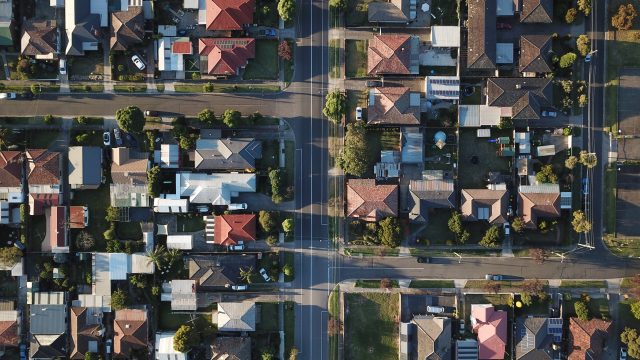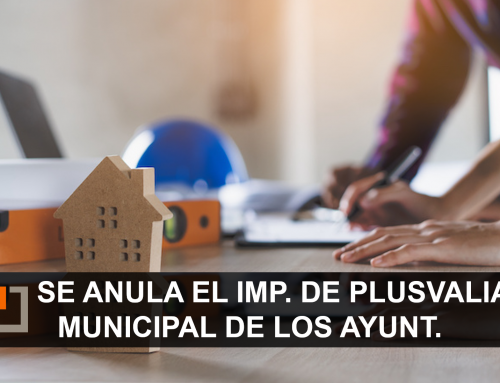
When a new home is acquired with financing and subsequently the main residence is transmitted, the right to exemption for reinvestment is not affected by the form or order in which the taxpayer pays the costs of acquiring the new home; provided that the reinvestment is made in its entirety and within the period of two years legally established.
Reinvestment in habitual residence: priority in the repayment of loans
A taxpayer plans to acquire a new habitual residence, which he would finance through two loans, one mortgage and one private. All of the two loans would go to the acquisition.
It will then proceed to the transfer of its current habitual residence, reinvesting the total amount obtained in the repayment of both loans. In the cancellation it would give priority to the private loan over the mortgage.
Once the facts have been raised, it submits a query to the Directorate General of Taxes (DGT) on the application of the exemption for reinvestment in a habitual residence. The DGT, after analyzing the applicable regulations, states that no order of priority of payments is required in relation to the amounts that the taxpayer must pay to cover the costs of acquiring the new habitual residence.
In order to benefit from the exemption for reinvestment in a habitual residence, the regulations only require that the reinvestment be carried out in its entirety and before the end of the period of the two years following the transfer of the previous habitual residence.
And it concludes that the cancellation of the family loan prior to the mortgage loan, as well as the realization of other necessary disbursements, does not harm the right to benefit from the exemption for reinvestment.

Term for reinvestment in habitual residence and information to the tax administration
The reinvestment of the amount obtained in the transfer must be made, at once or successively, within a period not exceeding 2 years, counted from the date of the transfer, whatever the terms or methods of payment stipulated. Time is computed from date to date.
It is also possible to first acquire the new habitual residence and then, in the 2 years following the date of purchase, transmit the previous home, provided that the amount received by it is destined to satisfy the price of that one.
When the sale has been made in installments or with a deferred price,the temporary requirements are understood to have been met, if the amount of the terms is destined to the payment of the acquired good, within the tax period in which they are received.
On the other hand, if the reinvestment is not made in the same year of the transfer, information must be provided to the Tax Administration. Thus, in these cases it is obligatory to state in the tax return of the year in which the profit is obtained, the intention to reinvest,under the conditions and deadlines required, the amount of the transfer.

If you have any questions or need any clarification on these issues, you can
contact
any of our advisors to help you resolve them.








